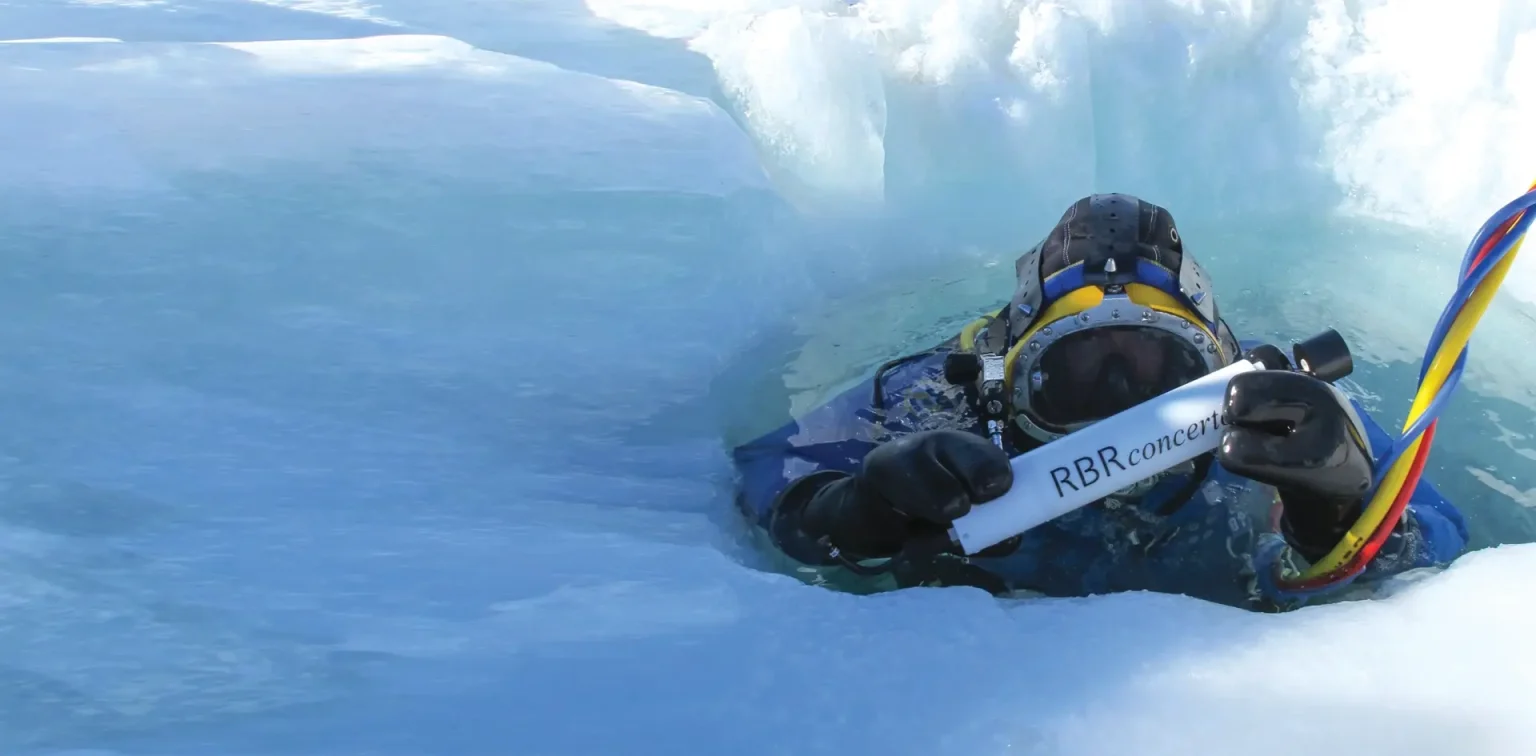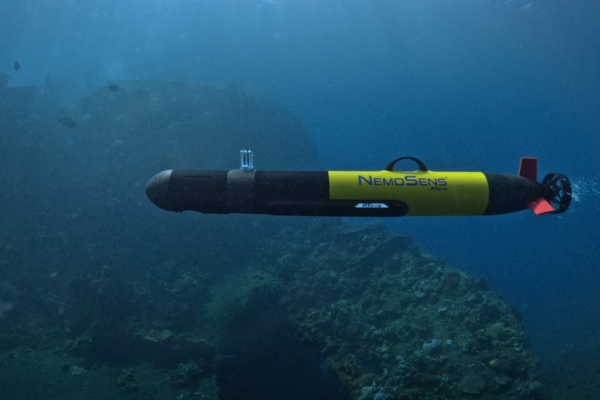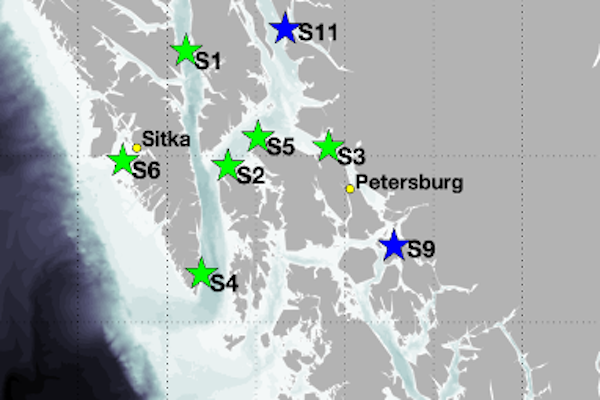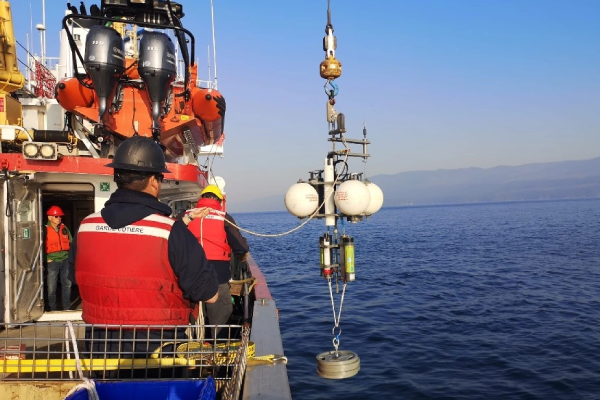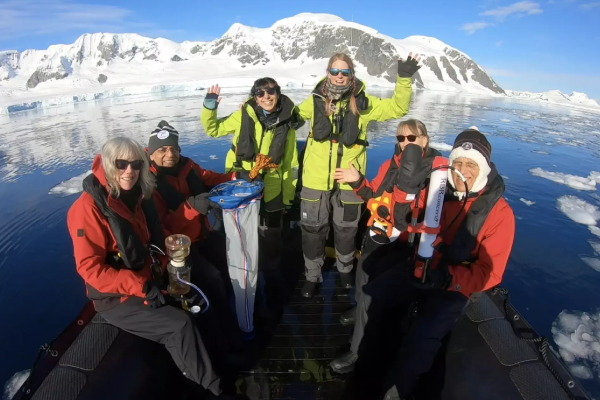Latest User stories
Honouring Richard Brancker
6 September 1934 – 7 January 2026 We honour and remember Richard Brancker, the founder of our company and the individual…
Rediscovering Lake St. Clair – and why water-level monitoring matters
Lake St Clair, nestled in Tasmania’s central highlands within the world-heritage-listed Cradle Mountain–Lake St Clair National Park, has long captivated visitors…
Micro-AUVs: Making waves for the future of oceanographic technologies
As technology continues to progress and evolve, so does the equipment that scientists use in their monitoring programs. Autonomous Underwater Vehicles…
Trolling for data in Southeast Alaska
The ocean surrounding Southeast Alaska is a geomorphically complex area in the Northeast Pacific. Despite the complexities of this area and…
Monitoring sound in the Salish Sea: how scientists are trying to understand the decline of Southern Resident Killer Whales
The Salish Sea, located on the west coast of Canada, is bounded by the lower mainland of British Columbia to the…
FjordPhyto: Citizen science in the Antarctic
Air and ocean temperatures have notably increased in the Antarctic since the 1950s, with publications finding that it is the third…
